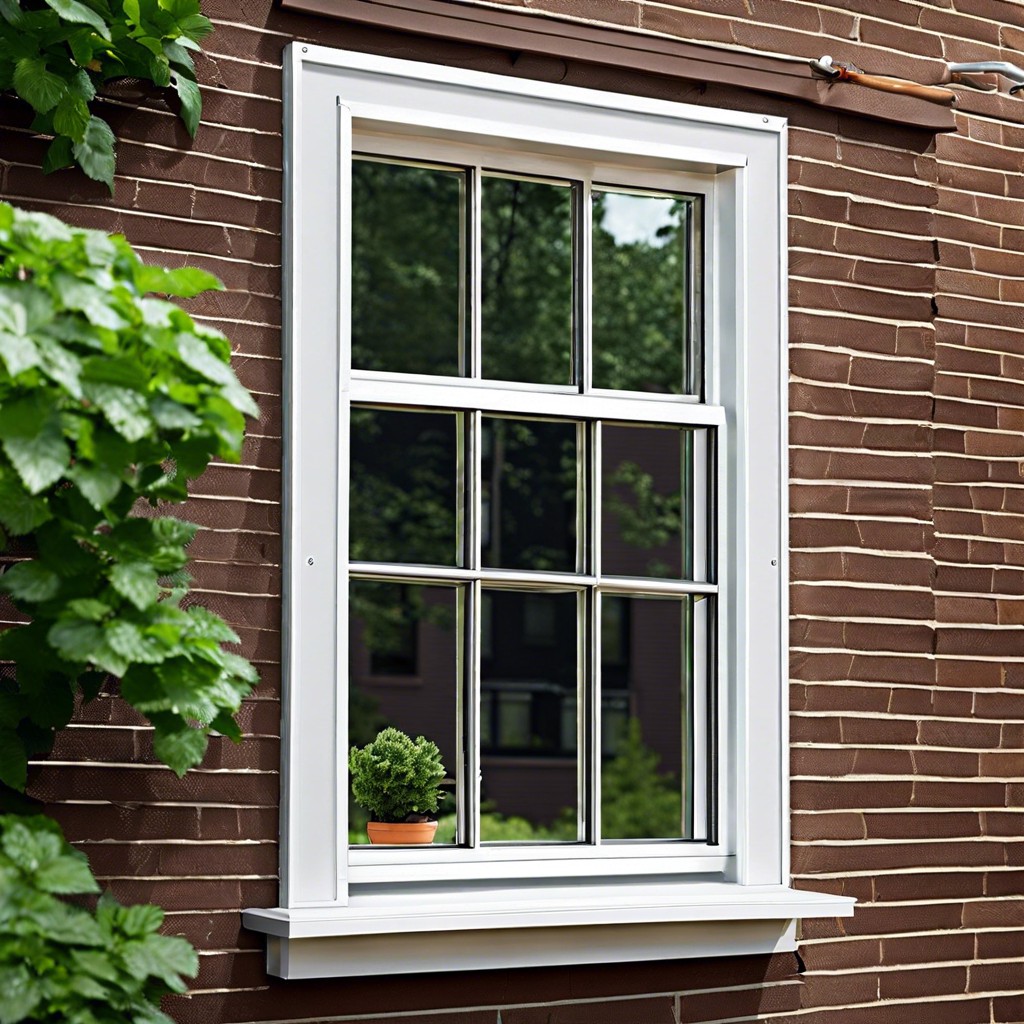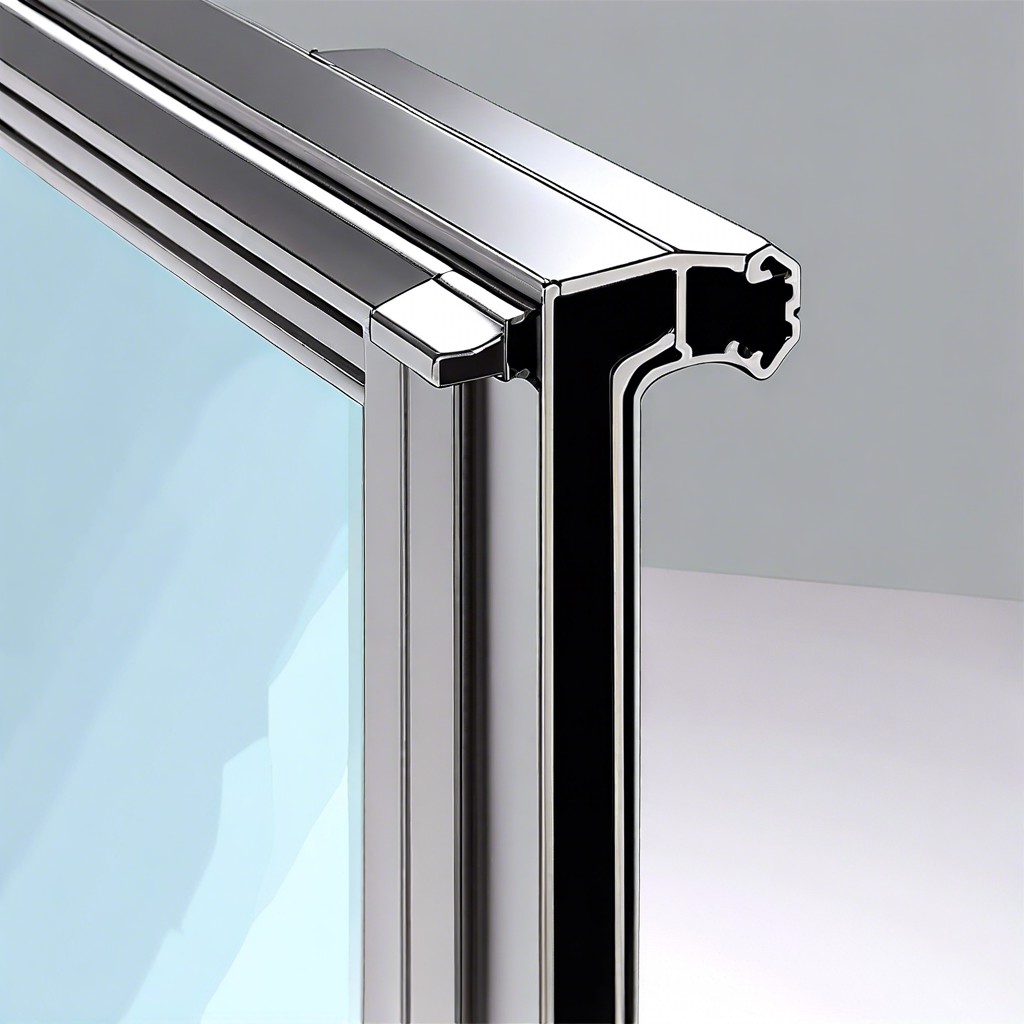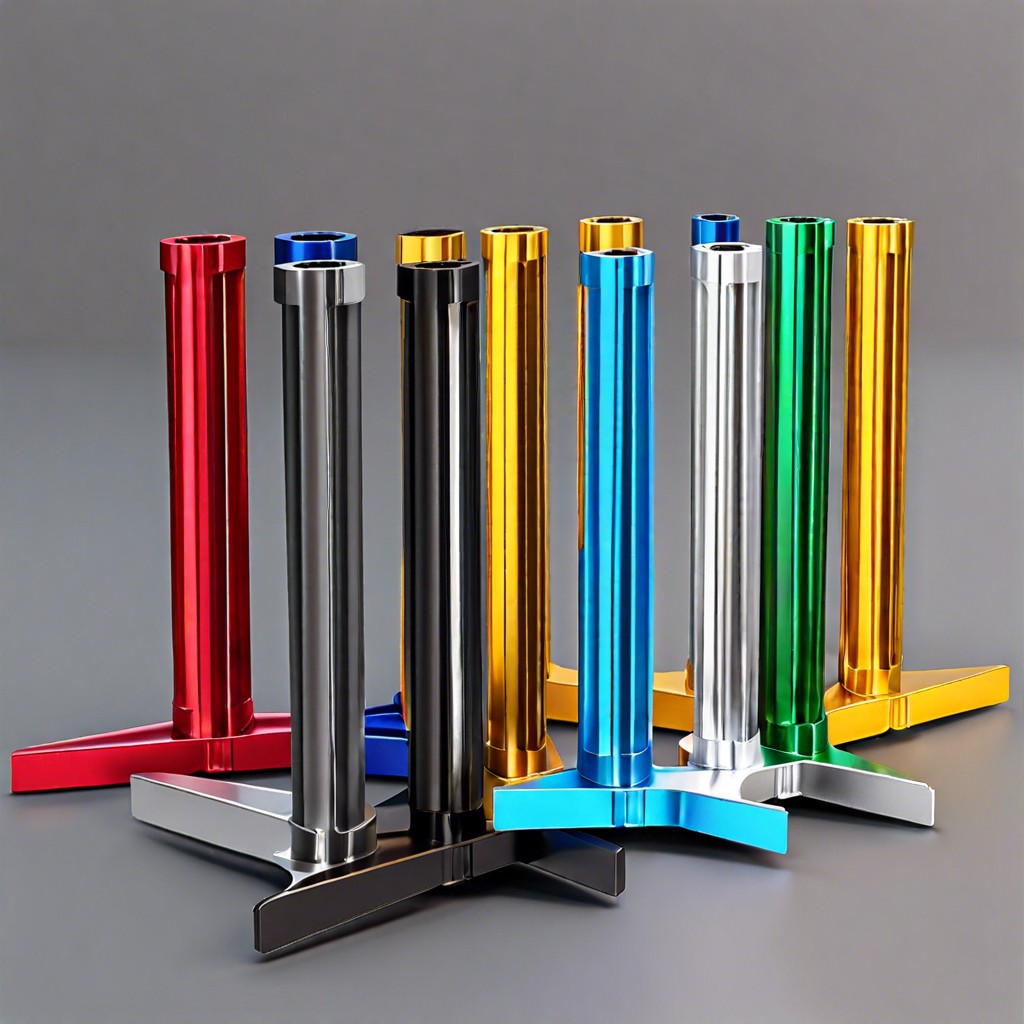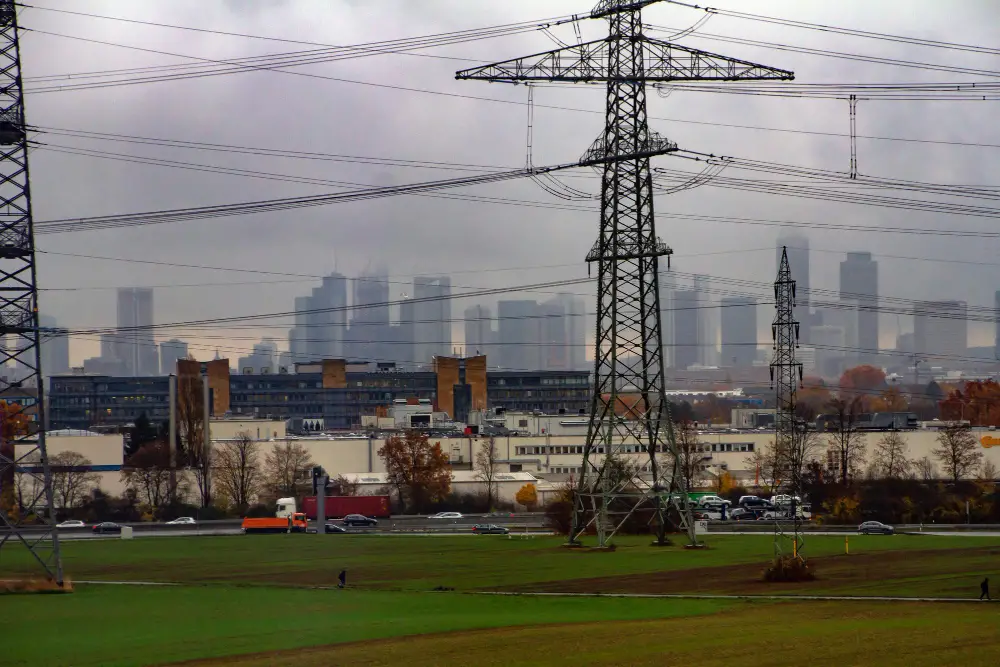Let’s discuss the importance of sealing gaps in energy-efficient windows to prevent air leakage and improve overall home energy efficiency.
As a homeowner, you take pride in ensuring that your house is energy-efficient. You’ve installed LED light bulbs, sealed the gaps around your doors, and even upgraded to energy-efficient windows.
But have you ever noticed cold drafts coming from your windows during winter? This was the case for one of my clients who had invested in new energy-efficient windows but still experienced high heating bills due to air leakage.
Air leakage can be a significant problem for homeowners who want to save on their energy bills. In this blog post, I’ll share with you my experience working with my client and how we addressed air leakage by sealing the gaps in their windows.
You’ll learn about the importance of proper window installation and how it can affect your home’s overall energy efficiency.
So please grab a cup of coffee and let’s dive into how we tackled this issue!
Identifying Air Leaks
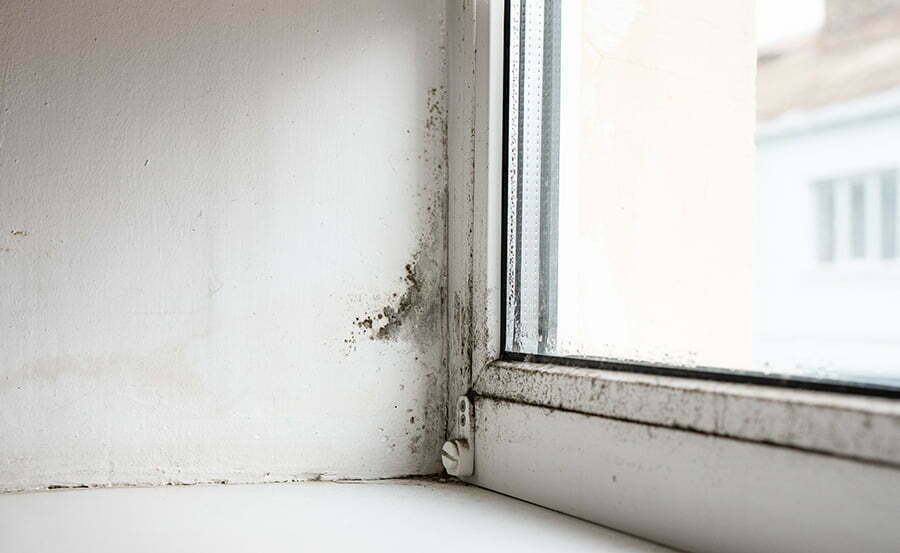
Identifying air leaks in your windows is the first step to addressing the problem. During my consultation with my client, we conducted a simple test to identify where air was leaking from their windows.
We used a candle and held it close to the window frame while observing its flame. If there was any movement or flickering of the flame, it indicated that there was an air leak.
We found several gaps around their window frames that were causing cold drafts during winter months and allowing warm air out during summer months. These gaps can be caused by poor installation or wear and tear over time.
As we continued our inspection, I explained how proper installation of energy-efficient windows is crucial for preventing future issues like this one. Hiring professionals who understand how these types of windows work and have experience installing them correctly is essential.
Identifying air leaks in your energy-efficient windows should be done as soon as possible if you want to save on your energy bills while keeping your home comfortable year-round. In our next section, we’ll discuss some effective ways you can seal those pesky gaps once they’ve been identified!
Types of Window Seals
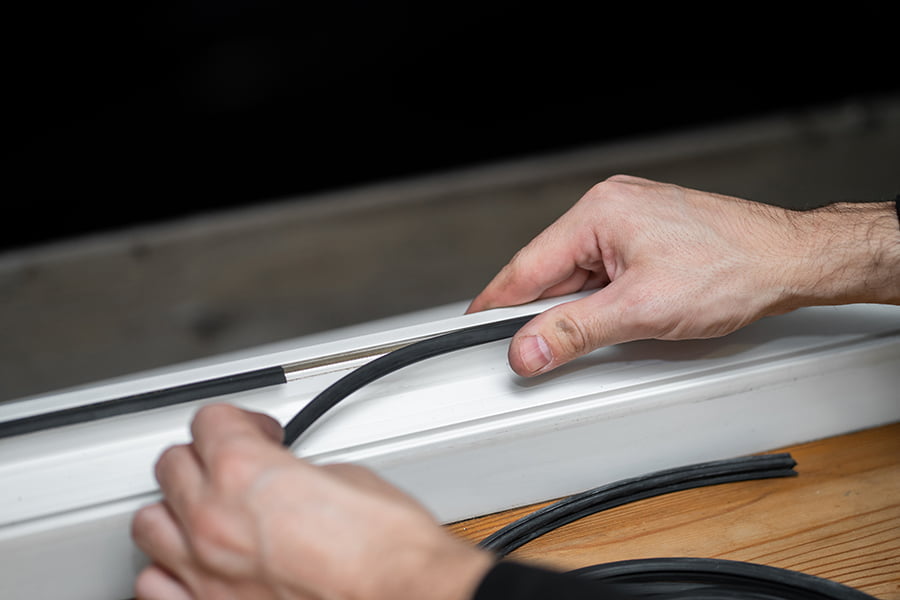
After assessing my client’s windows, I discovered that the air leakage was due to gaps in the window seals. Window seals are designed to prevent air entering or escaping through your windows.
There are different types of window seals available on the market, and each has its unique benefits.
The first type is compression weatherstripping, which is made of foam or rubber and can be installed around a window sash or frame. This type of seal compresses when you close your window, creating an airtight barrier.
Another option is V-strip weatherstripping which consists of metal strips with plastic fins that create a tight seal between the sash and frame when closed.
There’s caulking – this involves applying silicone-based caulk around your windows’ frames to fill any gaps where air may escape. In my client’s case we opted for compression weatherstripping as it was most suitable for their specific needs.
By sealing these gaps using high-quality materials like those used by professionals in our industry we were able to significantly reduce their energy bills while also improving overall comfort levels within their home. It’s important not only invest in energy-efficient products but also ensure they’re properly installed so they can perform at optimal levels – saving you money on utility bills over time!
Proper Window Installation
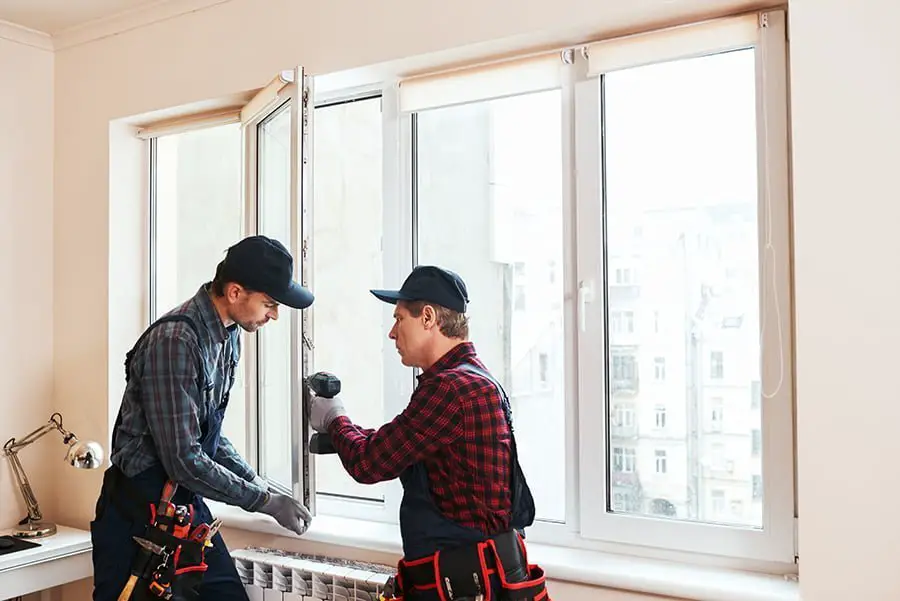
Proper window installation is crucial to ensure that your energy-efficient windows perform as intended. During my consultation with the client, I discovered that their windows were not installed correctly, which resulted in air leakage.
The gaps between the window frame and wall were not sealed properly during installation, allowing cold drafts to enter their home during winter.
Hiring a professional installer with experience working with energy-efficient windows is essential. They will know how to install them correctly and seal any gaps effectively.
A proper installation can significantly improve your home’s overall energy efficiency by preventing air leakage.
After identifying the issue with my client’s window installation, we worked together on sealing all of the gaps around their new energy-efficient windows using weatherstripping materials such as foam tape or silicone caulk sealant.
By addressing this problem through proper window installation techniques and sealing any leaks found in existing installations, homeowners can enjoy significant savings on heating bills while also reducing carbon emissions from unnecessary heat loss due to poor insulation practices!
Weatherstripping Solutions
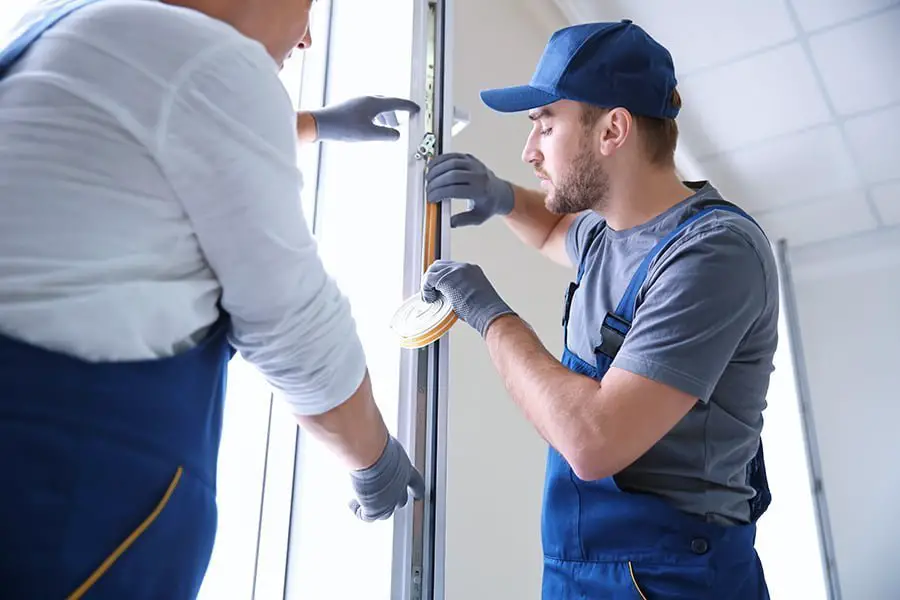
After assessing my client’s windows, we discovered that the air leakage was due to gaps between the window frame and sash. These gaps were allowing cold drafts to enter their home during winter, making it difficult for them to maintain a comfortable temperature inside.
To address this issue, we decided on weatherstripping solutions. Weatherstripping effectively seals gaps around your windows and doors by creating a barrier against outside elements such as wind and rain.
There are various types of weatherstripping materials available in the market today. Some common options include adhesive-backed foam tape, V-strip (also known as tension seal), door sweeps or bottom seals for sliding doors or double-hung windows.
We opted for V-strip because it can be easily installed along with existing window components without affecting its functionality while providing excellent insulation properties.
After installing V-strips on all sides of each window sash in my client’s house, they noticed an immediate difference in their home’s comfort level – no more cold drafts! Not only did this solution improve energy efficiency, but also reduced noise levels from outside traffic significantly.
If you’re experiencing air leakage issues with your energy-efficient windows despite investing heavily into them; consider using weather stripping solutions like v-strips which can help reduce heat loss through small cracks around frames/sashes while improving overall comfort levels within your living space!
Caulking Techniques
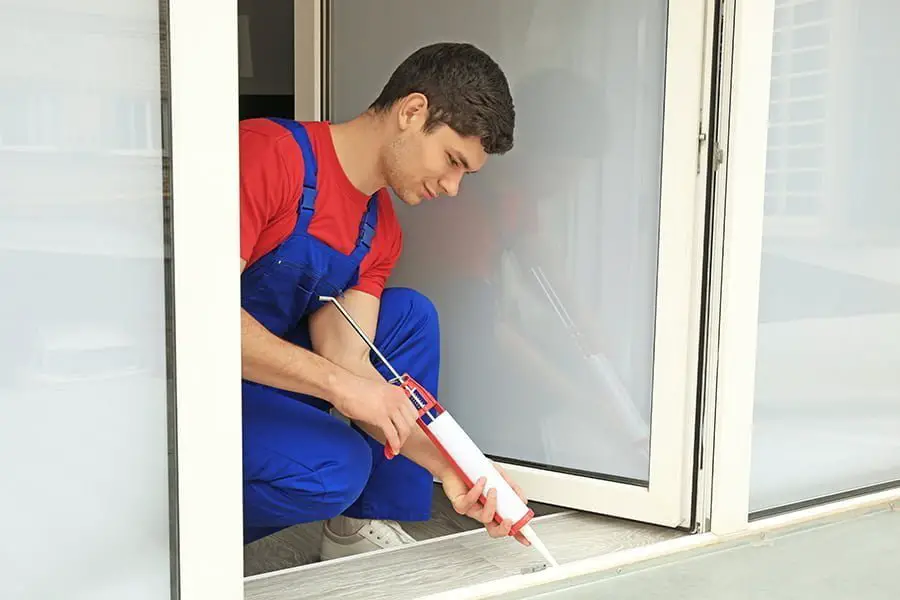
After inspecting my client’s windows, I noticed that gaps between the window frame and the wall caused the air leakage. To address this issue, we used caulking to seal these gaps.
Caulking is a technique used to fill in cracks and gaps around windows or doors with a waterproof sealant material.
Different types of caulks are available on the market, but silicone caulk is recommended for sealing windows against air leaks as it provides excellent adhesion and flexibility. Before applying any caulk material, it’s essential to clean out any debris or old caulk from around your window frames using a putty knife.
Once you’ve thoroughly cleaned out all debris from your window frames, apply silicone caulk along each gap between your window frame and wall surface using a caulking gun.
Be sure not to over-apply as excess can be messy; instead, use enough pressure on your gun’s trigger so that only small amounts come out at once.
After applying silicone caulk along each gap in question (around both sides), smooth down its surface with either an index finger or another tool like an ice scraper until there are no visible bumps left behind – this will ensure proper adhesion while also providing aesthetic appeal!
Insulating Glass Units (IGUs)
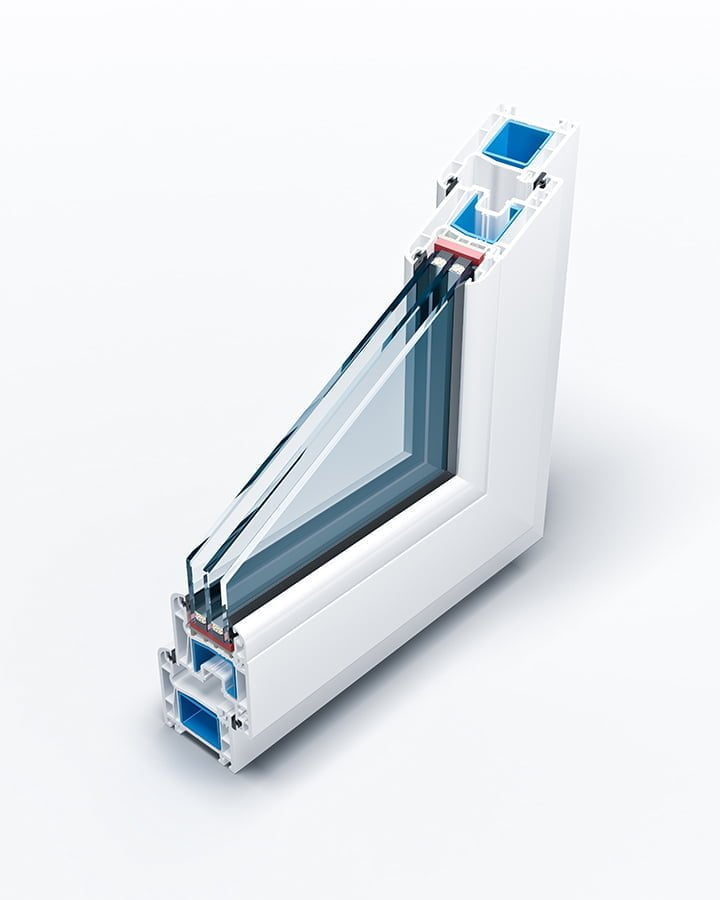
Insulating Glass Units (IGUs) are popular for homeowners who want to improve their home’s energy efficiency. IGUs consist of two or more panes of glass separated by an air or gas-filled space, which acts as insulation.
However, even with the best quality IGUs installed in your windows, air leakage can still occur if the gaps around them are not sealed correctly.
Going back to my client’s case, we discovered that their new energy-efficient windows had been improperly installed. The gaps between the window frame and wall were not adequately sealed during installation, allowing cold drafts to enter through these spaces despite having high-quality IGUs.
To address this issue and prevent further heat loss from my client’s home due to air leakage around their windows’ frames and sashes; we decided to seal all visible gaps using weatherstripping materials such as foam tape or silicone caulk sealant.
By doing so effectively seals off any potential entry points for cold drafts into your house while also improving overall comfort levels inside it!
Energy-Efficient Windows Benefits

Energy-efficient windows are popular for homeowners who want to reduce their energy bills and carbon footprint. These windows are designed to minimize heat transfer, keeping your home warm in the winter and cool in the summer.
They also help reduce noise pollution from outside.
However, even with energy-efficient windows installed, air leakage can still occur if they’re not correctly sealed during installation. My client experienced this despite investing heavily in new energy-efficient windows.
After inspecting their home’s window frames and sashes, we discovered gaps between them that allowed cold drafts into the house during winter months. The gaps were caused by improper installation or wear over time due to weather conditions.
To address this issue effectively, we had to seal these gaps using specialized materials such as caulking or weatherstripping tape while ensuring proper ventilation is maintained within the house.
Energy efficiency is essential for any homeowner looking forward to saving on utility bills while reducing environmental impact; however, it’s important not just installing but also maintaining these systems correctly so they function optimally throughout their lifespan without causing more harm than good!
Recap

